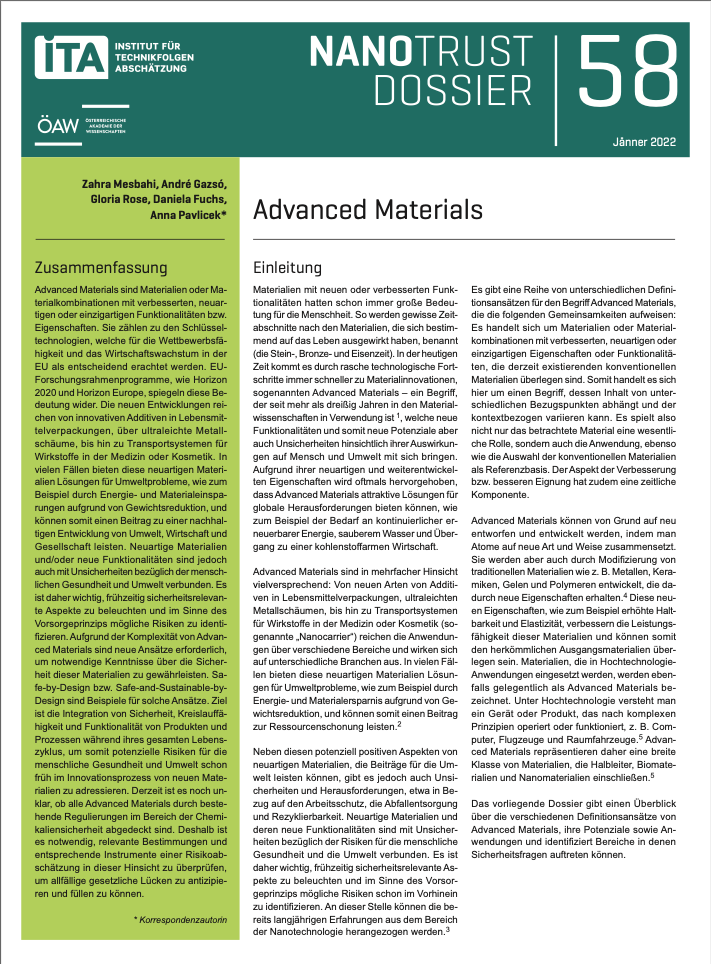Abstract:
Engineered nanomaterials (ENMs) can potentially be released during all waste treatment processes and can accumulate in residual materials, scrap materials, secondary raw materials or composts. Nonetheless, only few studies are available on the fate and behavior of ENMs during recycling and disposal. In Austria more than half of the waste produced by households is collected separately and undergoes further treatment as recoverables, biogenic waste, hazardous household waste or as waste electrical and electronic equipment. The remainder is processed either in waste incineration facilities or in mechanical-biological waste treatment facilities. Initial studies in waste incineration facilities show that thermally stable ENMs (metal oxides) accumulate mostly in the solid residues (slag, flue dust). In Austria, these are largely disposed of in residual-waste landfills. ENMs can also be released again during the recycling of products (for example quantum dots from LEDs of waste electrical and electronic equipment or CNTs made of composite materials). During recycling, nanosilver apparently negatively affects the mechanical properties of plastics. ENMs can be disposed of directly as production wastes, as components of “nanoproducts” or as secondary wastes such as ENM-containing sewage sludge or combustion residues. Worldwide, an estimated 60 to 86 % of the most commonly used ENMs end up in landfills. Currently, no generalized statements can be made because ENMs are applied in very diverse sectors and their fates in the environment can differ considerably.
Das NanoTrust-Team bietet an dieser Stelle in loser Folge sog.
Dossiers an,
die in leicht-fasslicher, aber wissenschaftlich fundierter Weise auf ca.
drei bis sechs Seiten den aktuellen Wissensstand zu den aktuellen Themen der
aufkommmenden Nanodebatte zusammenfassen.



 Home
Home Print
Print
 References
References
 Share
Share
